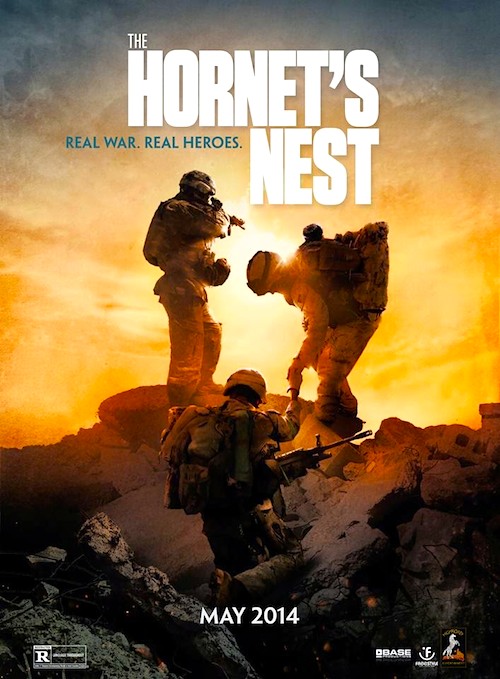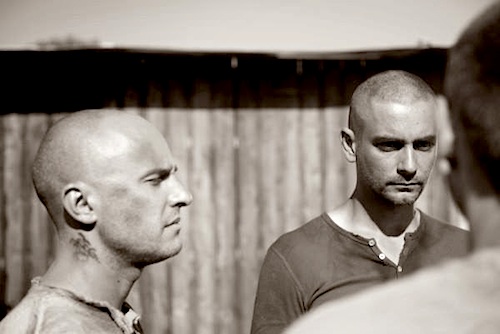Styria Trailer from Styria on Vimeo.
By Joe Bendel. The Austrian state of Styria was once home to jazz musician Wolfgang Muthspiel and disappointing former governor Arnold Schwarzenegger. It was also where the vampire Carmilla Karnstein haunted her victims in J. Sheridan Le Fanu’s gothic classic. The fictional Communist era Hungarian hamlet of Styria will also fall prey the undead seductress. It is a shift that works rather well, adding an additional layer of menace to Mauricio Chernovetzky & Mark Devendorf’s The Curse of Styria, which screens during the seventeenth edition of Dances With Films.
Something terrible happened to Laura Hill’s’ mother at an early age, but her art historian father refuses to speak of it. It is just her and him now, but he is mostly wrapped up in his work. Dr. Hill has dragged her to a remote Hungarian castle to remove a series of culturally significant murals. However, the clock is ticking. As a symbol of class exploitation and imperialism, the government will soon demolish the creaky old fortress, regardless of what national treasures it might contain. As Dr. Hill races to finish his work, his government liaison, General Spiegel, regularly drops by to be unhelpful and intimidating.
One day, Mme. Hill witnesses a young woman flee Spiegel’s custody, following a car accident and an altercation. That would be Carmilla. She will also start visiting the castle frequently, but only at night. Initially, Lara is delighted to have a companion, but Carmilla exerts an unhealthy influence over her, physically and mentally. There seems to be a lot of that going around, given the recent wave of suicides amongst Styria’s teenage girls.

Unlike previous adaptations, Styria does not leeringly exploit Carmilla’s lesbian overtones. Instead, Chernovetzky & Devendorf concentrate first and foremost on atmosphere, which is not such a bad strategy for a supernatural film. The late 1980s Communist setting also heightens the foreboding vibe. Granted, they could have just moved the story a few feet over the Slovenian border, but that might have complicated the viewing experience with inadvertent Balkan baggage.
Polish actor Jacek Lenartowicz (seen briefly in Wajda’s masterwork, Katyn) is gleefully evil as Spiegel, clearly portraying a self-aware agent of oppression, who realizes his time may soon be up. Always reliable, Stephen Rea is consistently credible as the concerned but deeply flawed father, especially compared to the sort of clueless parents typically encountered in horror movies. Unfortunately, Eleanor Tomlinson is a bit colorless as Laura Hill, but it is easy to believe her self-destructive slightly goth-ish teen would be highly susceptible to Carmilla’s supernatural overtures. Likewise, Julia Pietrucha is certainly no Ingrid Pitt, but she conveys a respectable air of danger.
In truth, Styria is better described as a gothic film than a horror or vampire movie. Grzegorz Bartoszewicz’s cinematography is appropriately moody. Likewise, the evocative work of production designer Jim Dow and art director Ian Dow is somewhat in the Hammer period tradition, but more austere. Smarter and more refined than most genre films, but bloodier than BBC productions of Wilkie Collins, The Curse of Styria is recommended for literate vampire fans when it screens Sunday night (6/1) at this year’s Dances With Films.
LFM GRADE: B
Posted on May 30th, 2014 at 9:08pm.




